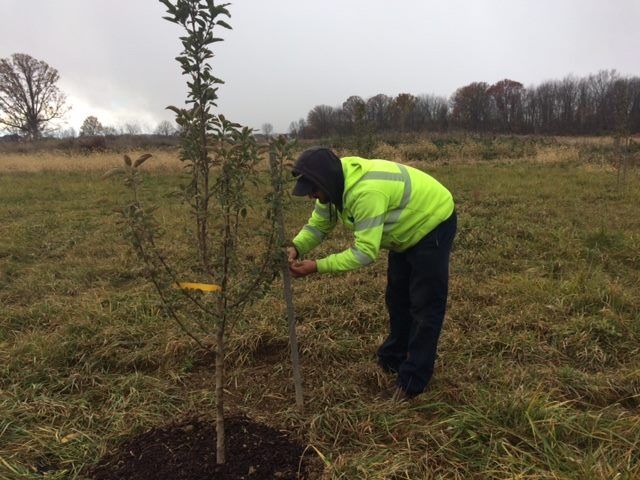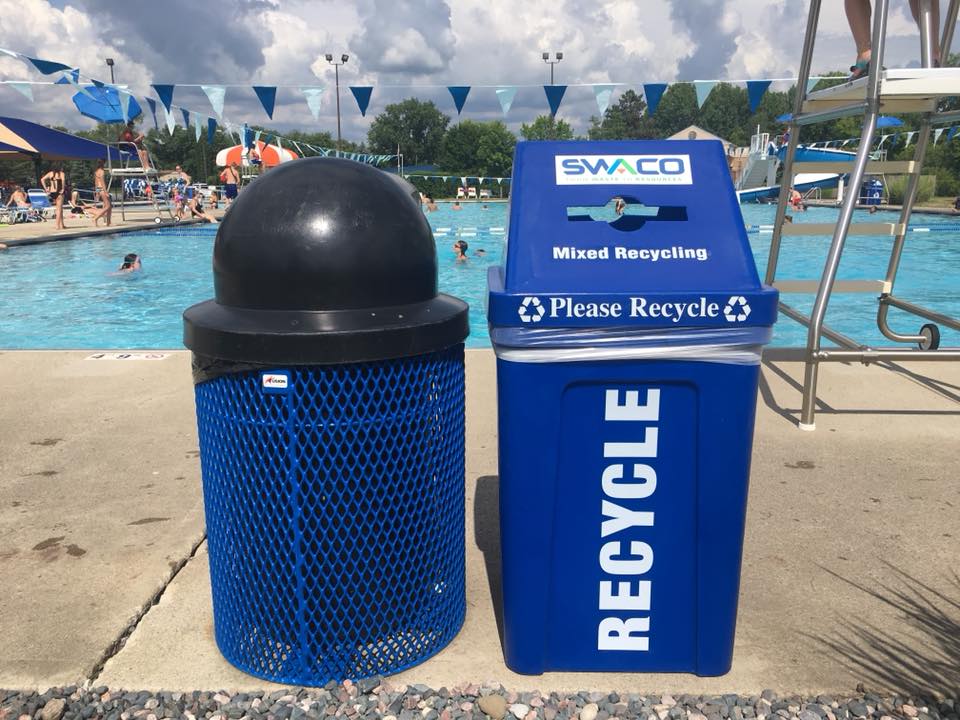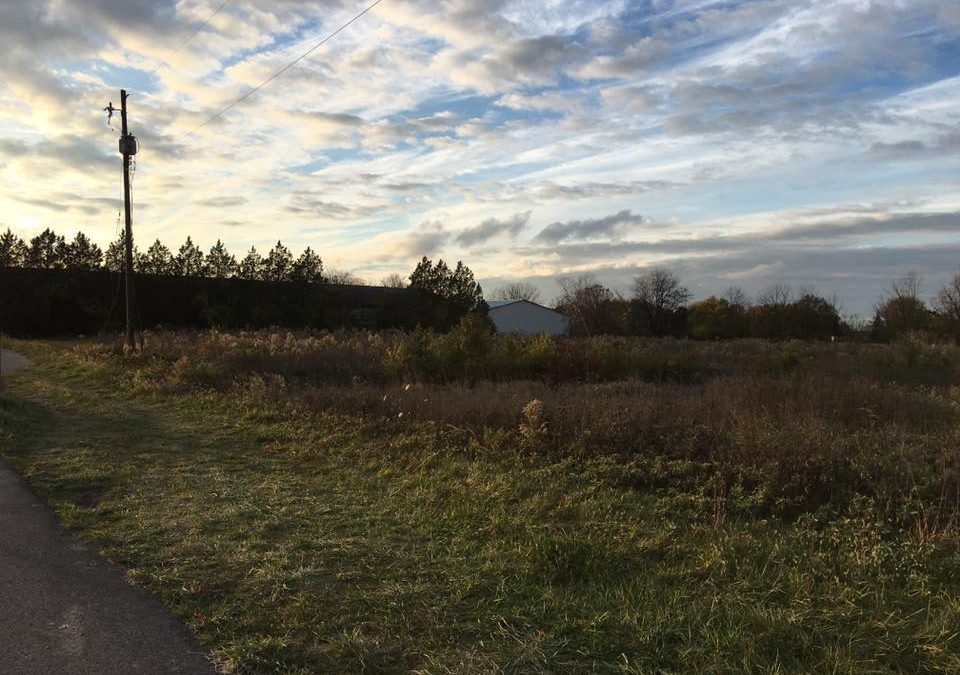
Watering Newly Planted Trees
June 14, 2018
Have you seen the new SWACO recycling bins at the HFAC
July 19, 2018When Ayaz Hyder, Assistant Professor in Ohio State’s College of Public Health, developed a National Science Foundation grant proposal to place cheap air quality sensors in critical spots around a local community, Hilliard was a natural choice.
First of all, there’s the fact that Hyder resides in Hilliard along with his wife and children. But beyond the personal connection, it turns out that Hilliard is a near-ideal testing ground for a public health researcher such as Hyder. The variety of people and spaces it includes allow for rich comparisons. Hyder’s air sensors (his grant proposal was, of course, successful) will focus on traffic-related air pollution, namely carbon monoxide, ozone (O3), nitrogen dioxide (NO2), and particulate matter (PM). Someone interested in air quality as Hyder is can easily find spots ranging from right beside the highway all the way to rural areas in west Hilliard. Hilliard also presents a gradient of socioeconomics statuses from neighborhood to neighborhood. This gradient is useful in the field of public health in which measuring risk factors among vulnerable populations is a priority.
When it comes to air quality, vulnerable populations include not only neighborhoods with lower socioeconomic status, but also children, pregnant women and people with cardiovascular and breathing conditions such as asthma.
Hyder was awarded his NSF grant along with Andrew May, professor of Environmental Engineering, also at OSU. The grant funding provides materials, equipment and instructions for the creation of D.I.Y. air quality sensors about the size of your phone, powered by a tiny, cheap computer called the Raspberry Pi. Each sensor can be assembled for around $35. Contrast that price tag with the sensors that the EPA uses for regulatory purposes which are somewhere in the ballpark of hundreds of thousands of dollars. Given the expense, there are not many around. The nearest to Hilliard is in New Albany.
Sure, low-cost sensors may lack the accuracy to be used for large-scale decision-making. But the inexpensive and mobile technology allows for a small army of sensors in the community which can then be used to monitor trends and aberrations in air quality readings.
To deploy these sensors, Hyder has tapped into the science program at Hilliard Davidson. Davidson Engineering teacher Rusty Herring has been happy to use the opportunity of Hyder’s grant to benefit his students. For each of the past two years, a small group of Herring’s students has worked on developing solar-powered housing and coding for each of the sensors. Along the way, these students are learning aspects of GIS, data analytics, computer programming, engineering, public health and much more. Hyder values this aspect of his project greatly. “The students carrying out this project are becoming citizen-scientists and that is very useful,” Hyder says. “This creates ownership.”
Back to those vulnerable populations… Hyder’s project will focus on the air quality around one particular vulnerable population: children. The Davidson Engineering students will be placing their sensors at Hilliard schools in order to monitor the air quality of Hilliard’s children.
One sensor is up already and Hyder and Herring hope to have 13 more up and running for the 2018-19 school year. Beyond the schools, Hyder hopes to expand the project community-wide in Hilliard as well as expanding to Dublin and Worthington school districts.
“Try holding your breath for this class,” Hyder often tells his Ohio State students in his “Current Issues in Global Environmental Health” course when introducing the essentialness of studying air quality. “Obviously, we can’t. Shouldn’t we care about this?”
More information at https://cph.osu.edu/news/2016/09/hyder-receives-nsf-grant-engage-high-school-students-air-pollution-study





